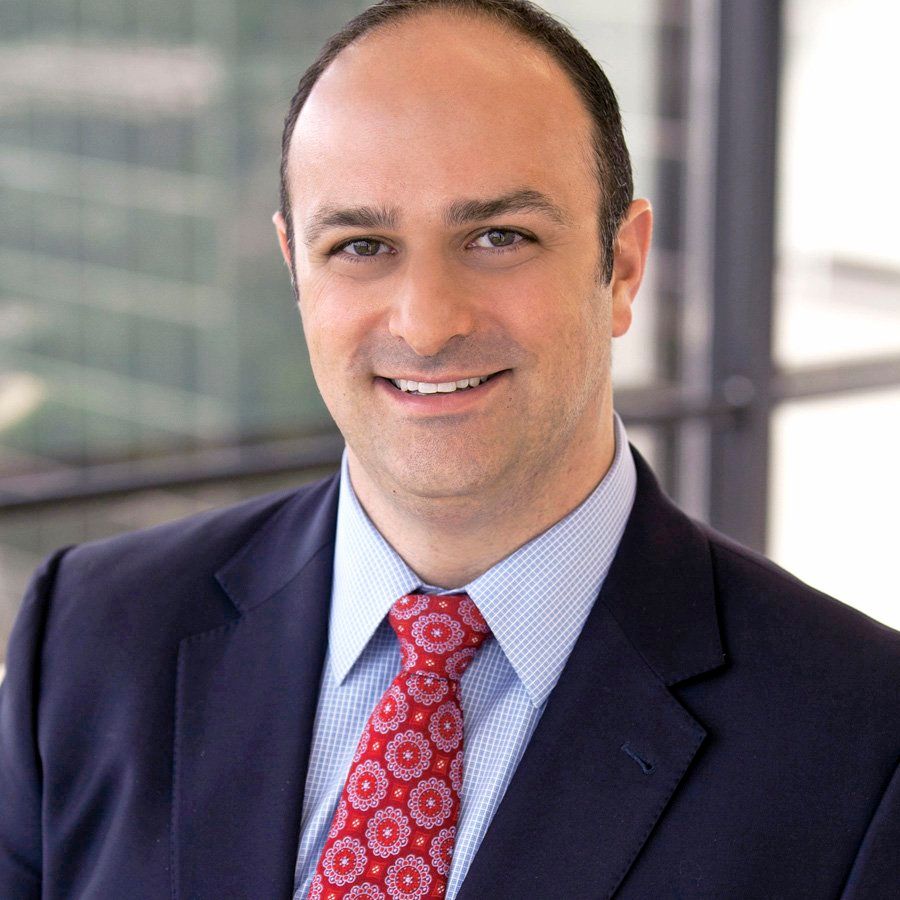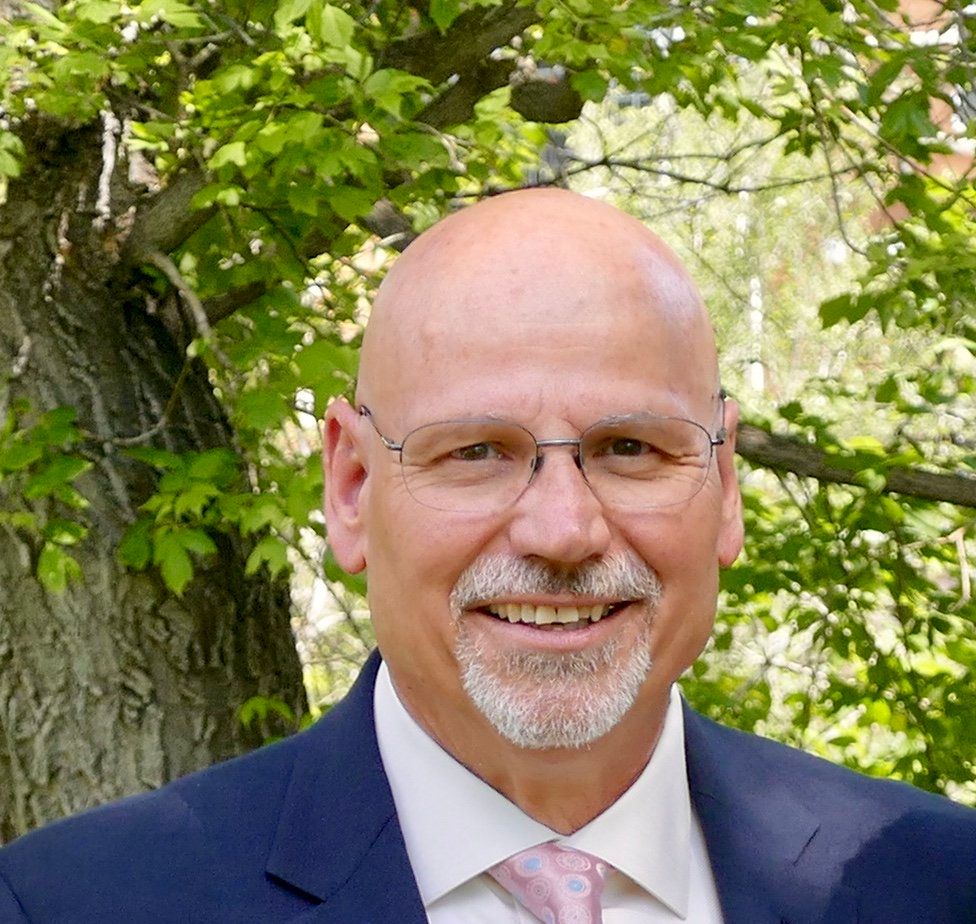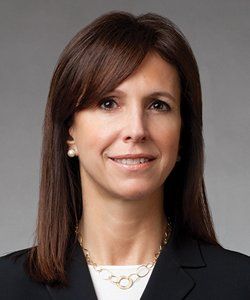Four New Skills Sought by Managed Care Organizations
Managed care organizations are looking for new skills in healthcare leaders (and in some cases hiring for completely new leadership roles). Here are four emerging trends to watch.
Managed care organizations have a brand new relationship to manage: Consumers. Zach Hafner, partner at The Advisory Board Company consulting firm, refers to this shift as the “awakening of the sleeping giant.” Add to that the need to improve quality and reduce costs, and MCOs have their work cut out for them.
These pressures are pushing many organizations to value a new set of skills in their leaders. Here’s what they want:
- Leaders who can create a consumer-friendly experience.

Hafner
Two of the biggest new trends in leadership roles are chief customer experience officers and chief transformation officers, says Hafner. These individuals are charged with driving clinical transformation and consumer engagement, he says.
For example, they might lead the charge for mapping out the entire consumer journey, from thinking about the service being provided and determining how best to appeal to consumers. They might also determine how patients will find online scheduling on the health system’s website and what type of experience patients should have regarding their financing options.
2. Leaders who can help curb physician burnout
None of the challenges facing healthcare have easy solutions, says Alan London, MD, director at BDC Advisors, a healthcare consulting firm, and physicians are being hit particularly hard. They face pressures to cut costs, be increasingly transparent about quality, and improve patient satisfaction. That’s why physician engagement and satisfaction-and burnout-are big issues that must be tackled by today’s healthcare executives. “We’re increasingly seeing a lot of burnout and turnover among angry providers, who aren’t satisfied [with the practice of medicine],” he says.
What’s needed, suggests London, is a physician executive who can create bidirectional communication between frontline physicians and the C-suite. “Physician CEOs have a level of understanding of providers themselves. [They understand] the blood, sweat, and tears they go through as they care for patients,” he says.
He adds: “There’s been a disconnect between the C-suite and those providing care ... and when doctors aren’t in key roles of leadership in the organization, it sends the message … that they’re not important.”
3. Leaders who can drive value
Then there’s the very basic and real responsibility of caring for patients-and even keeping them alive-once they enter the healthcare facility, says Don Hall, principal at DeltaSigma LLC and a Managed Healthcare Executive editorial advisor.

Hall “Imagine that 20 Southwest Airlines airplanes packed full of people were crashing every week. If we did nothing about it, people would be terrified of flying,” Hall says. “That’s the healthcare system. Whether it’s surgeries where sponges are left behind or sepsis or hospital-caused infections or the wrong medications or the wrong blood [type given in transfusions], all of these things lead to death.”
London looks back fondly on his experience as chairman of the Cleveland Clinic health system physician organization. “It didn’t matter what something cost, the most important thing was the outcome for the patient. You still need to have [physicians] focused on outcomes … if you have a patient crashing in the ICU or in the operating room, you can’t think about which catheter to choose based on price. These are life and death decisions being made on the front lines.”

London
At the same time, he says, healthcare organizations need leaders who can take a step back and make smart decisions about where to invest scarce resources. Absent this type of strategic decision-making, there won’t be money to invest in research and improving patient care, adds London.
Thus, healthcare organizations need leaders who can figure out how to deliver “A+ care for less,” he says. That will require executives who can prevent deterioration in the delivery of care while creating the right physician compensation and incentive plans to achieve high-quality outcomes for less money.
4. Leaders who can use data to improve healthcare delivery
Accurate data that drives strategic decision-making is critical to helping healthcare organizations move forward in a positive direction. Hillary Ross, managing director at recruiting firm Witt/Kieffer, says data-informed leaders can bridge the gap between analytics and the need to drive change.

Ross
“These executives build a culture of data as an asset. They also set the strategy and vision for the organization,” says Ross, who notes that the executive in this role-she suggests a title such as chief innovation officer-can educate the rest of the executive team on the use of data to drive healthcare value for some of the organization’s most important constituencies, such as physicians and patients.
“These executives need to lead the strategy, and they typically have a business background, ideally, also in a healthcare-related field. While a lot of organizations will consider talent outside of healthcare, a leader with an understanding of this industry [is important],” she says.
Aine Cryts is a writer based in Boston.
Extending the Capabilities of the EHR Through Automation
August 2nd 2023Welcome back to another episode of "Tuning In to the C-Suite," where Briana Contreras, an editor of Managed Healthcare Executive, had the pleasure of chatting with Cindy Gaines, chief clinical transformation officer at Lumeon.
Listen
